

| Company : Oceania Cruises |
| Ship : Insignia |
| Journey Start : Thu 16 Oct 2025 |
| Journey End : Mon 27 Oct 2025 |
| Count Nights : 11 nights |
| Day | Date | Port | Arrival | Departure |
|---|---|---|---|---|
| 1 | 16.10 Thu | Montreal / Canada | 07:00 | 19:00 |
| 2 | 17.10 Fri | Kangiqsualujjuaq / Canada | 08:00 | 19:00 |
| 3 | 18.10 Sat | Saguenay / Canada | 08:00 | 17:00 |
| 4 | 19.10 Sun | Kangiqsualujjuaq / Canada | 08:00 | 18:00 |
| 5 | 20.10 Mon | Sept Iles / Canada | 08:00 | 18:00 |
| 6 | 21.10 Tue | Havre Saint Pierre | 08:00 | 16:00 |
| 7 | 22.10 Wed | Corner Brook / Canada | 10:30 | 18:30 |
| 8 | 23.10 Thu | Sydney / Australia | 11:15 | 18:45 |
| 9 | 24.10 Fri | Halifax / Canada | 11:00 | 19:00 |
| 10 | 25.10 Sat | St. John's / Canada | 14:00 | 22:00 |
| 11 | 26.10 Sun | Bar Harbor / USA | 08:00 | 18:00 |
| 12 | 27.10 Mon | Boston / USA | 07:00 | 18:00 |

Montreal — The Cultural Capital of Canada
Montreal is the largest city in the province of Quebec in southeastern Canada and the fourth-largest French-speaking city in the world, behind Paris, Kinshasa, and Abidjan. It is an important cultural center where French and English cultures harmoniously blend. Walking through the Old City, Vieux-Montréal, you can admire beautiful old buildings, narrow streets, and historic squares, such as Place Jacques-Cartier. Montreal is also famous for its museums, theaters, and festivals, including the famous jazz festival.
The city perfectly combines urban atmosphere with natural beauty. In Montreal, you can enjoy green parks like Parc Jean-Drapeau and hike up Mont Royal, from where you get a stunning view of the city. Montreal is also renowned for its gastronomy, offering a variety of restaurants, from French cuisine to unique street food.
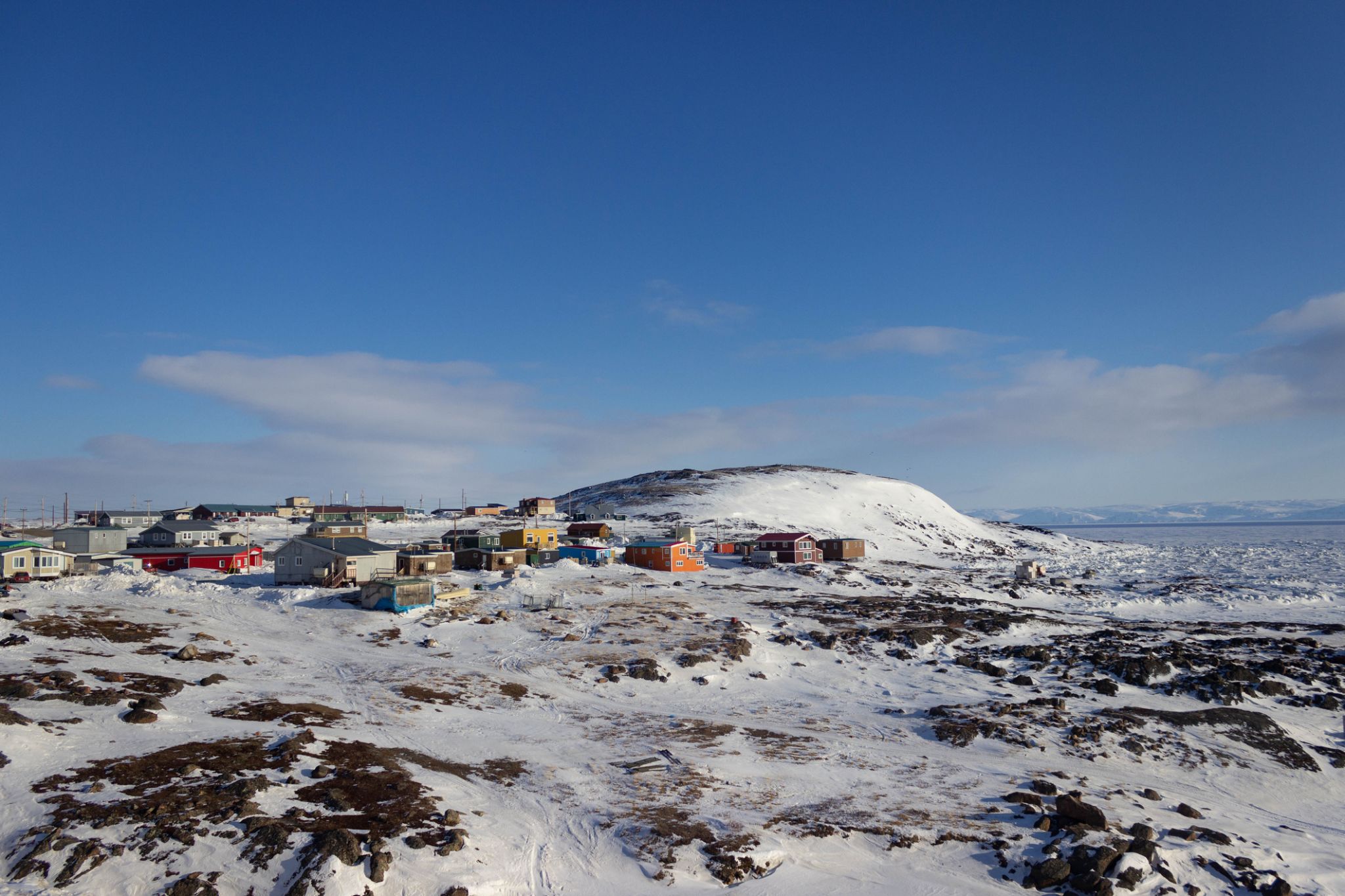
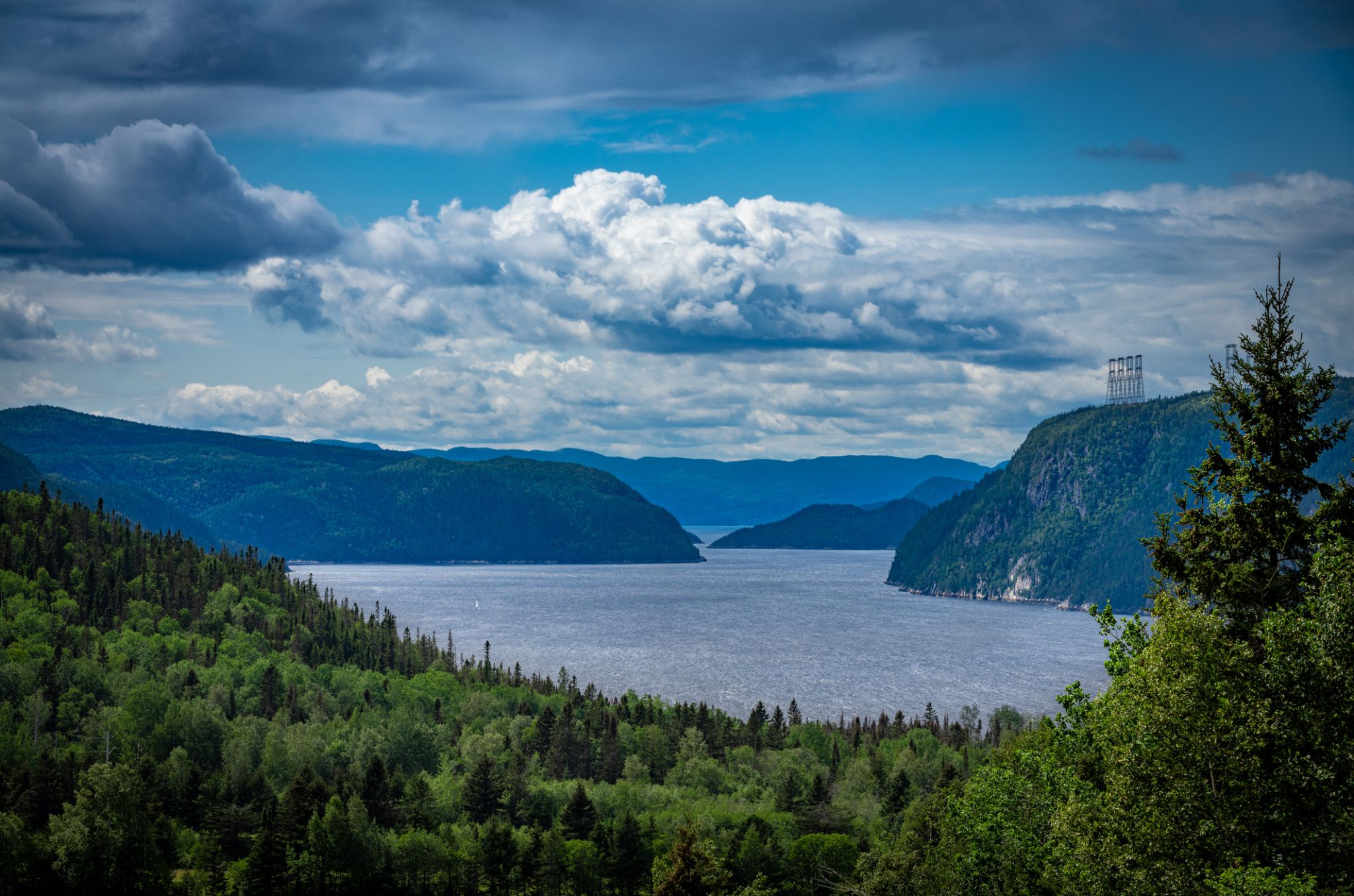

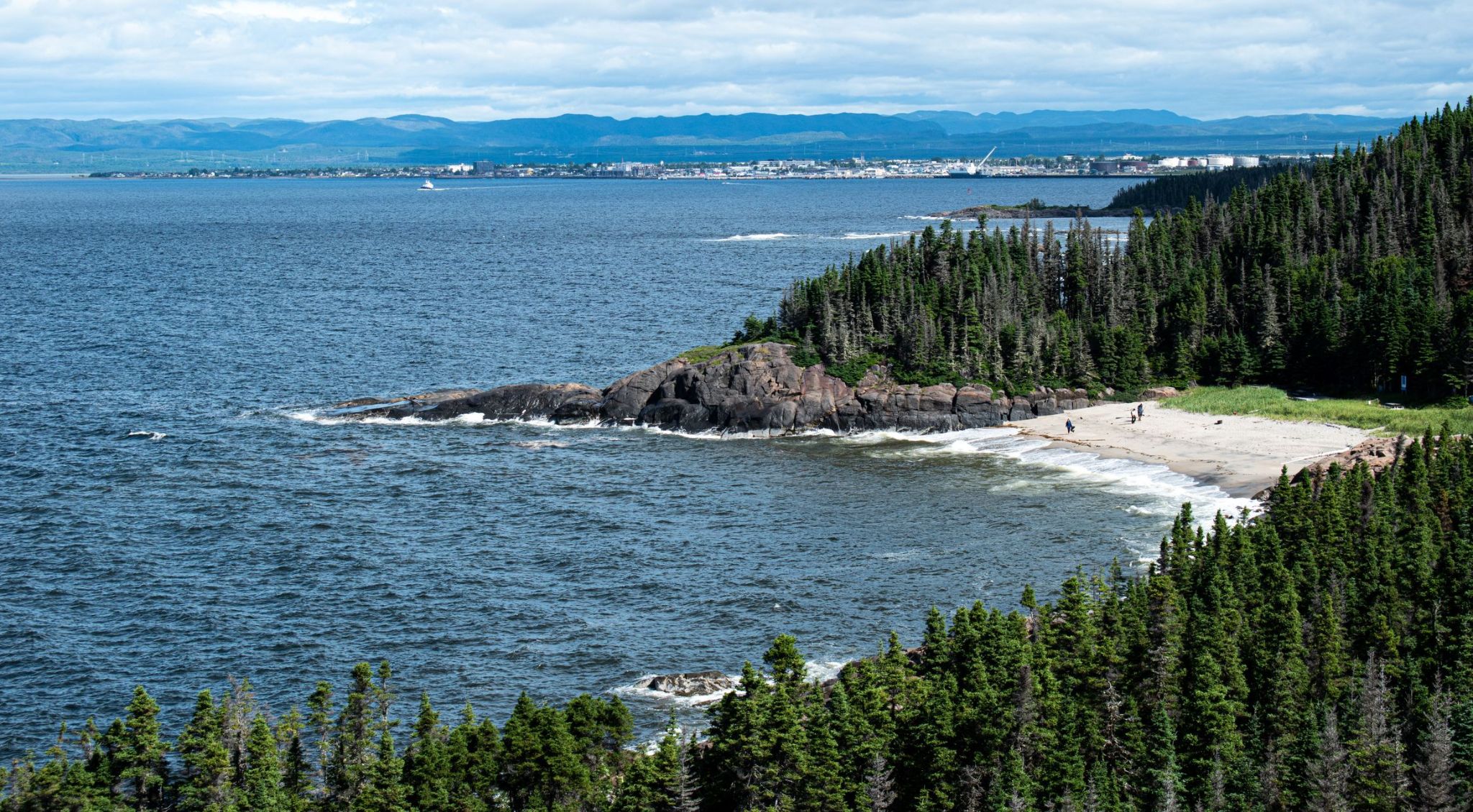
Sept Iles — Nature and Culture of Northern Quebec
Sept-Îles, located on the shores of the Gulf of Saint Lawrence in the province of Quebec, Canada, is a unique coastal town surrounded by an archipelago of seven islands. These islands form a natural barrier, protecting the shoreline from winds and creating one of the sunniest climates in the region.
The town is rich in cultural life and historical heritage. The Côte-Nord Regional Museum and the Clarke City Interpretation Centre introduce visitors to the traditions of Indigenous peoples and the history of European settlers. Sept-Îles offers travelers a harmonious blend of coastal nature, culture, and the authenticity of northern Quebec.


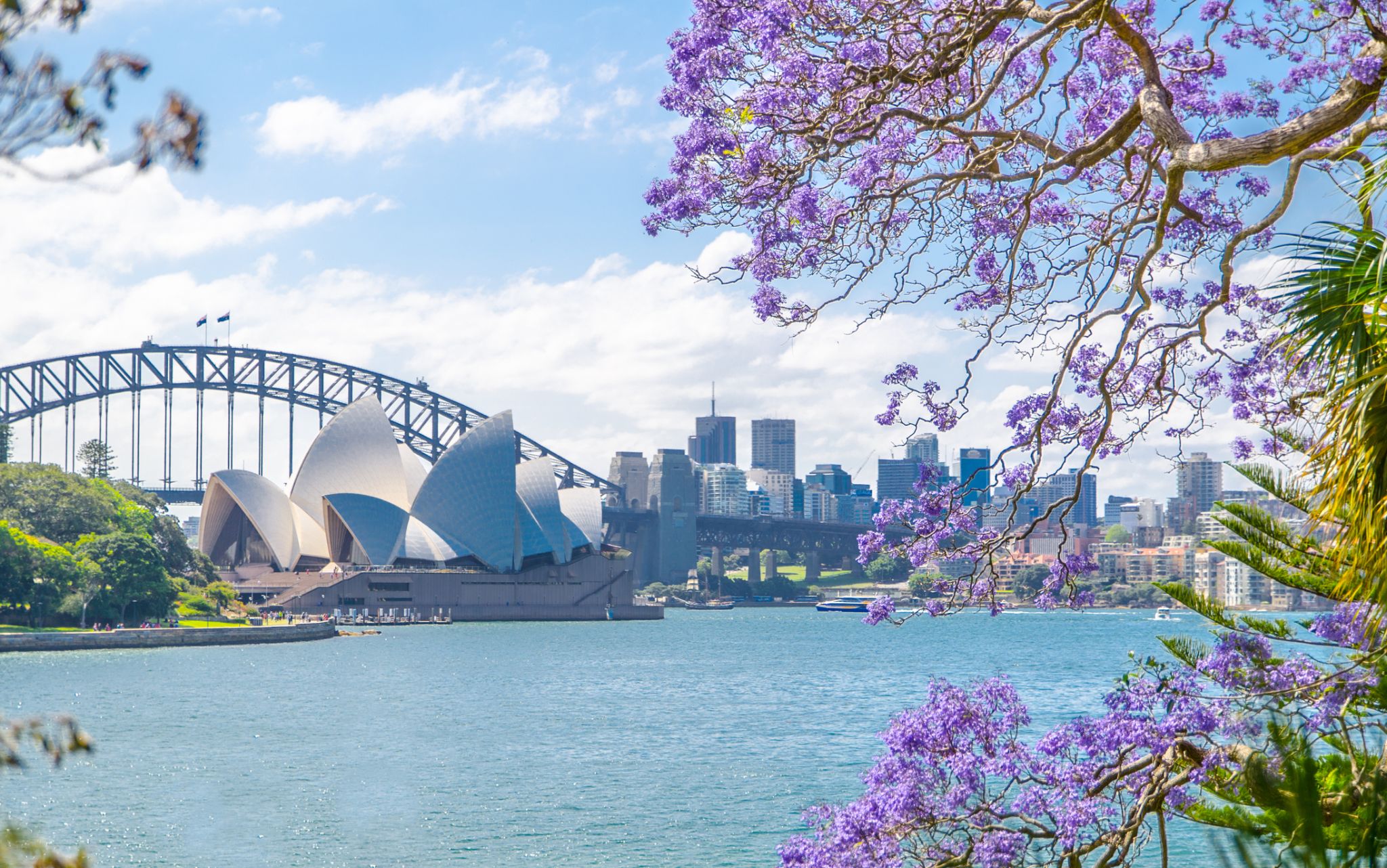
Sydney is the state capital of New South Wales and the most populous city in Australiaand Oceania. Located on Australia's east coast, the metropolis surrounds Port Jackson and extends about 70 km (43.5 mi) on its periphery towards the Blue Mountains to the west, Hawkesbury to the north, and Macarthur to the south. Sydney is made up of 658 suburbs, 40 local government areas and 15 contiguous regions. Residents of the city are known as "Sydneysiders". As of June 2017, Sydney's estimated metropolitan population was 5,131,326, and is home to approximately 65% of the state's population.
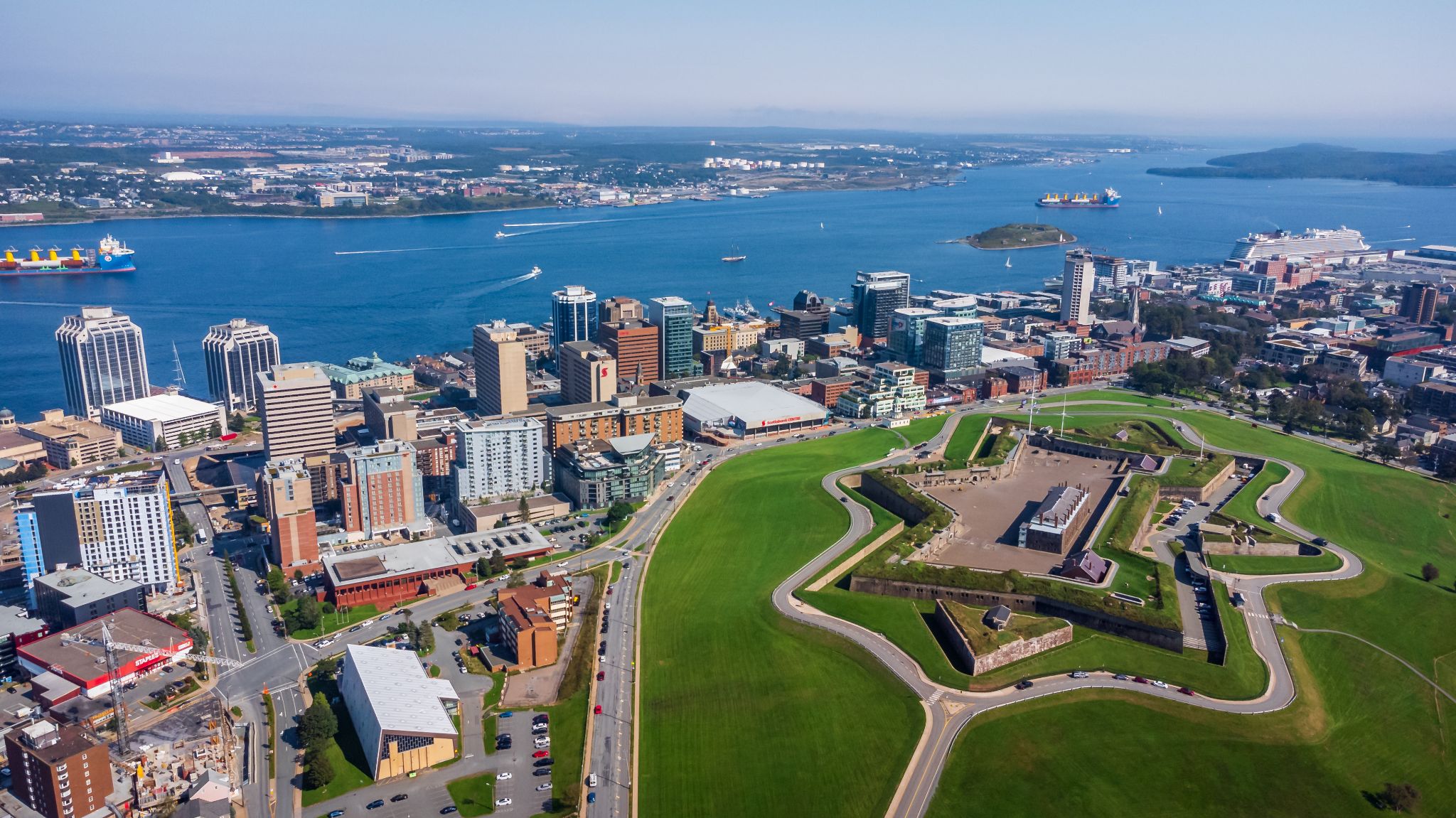
Halifax, also known as the Halifax Regional Municipality (HRM), is the capital of the Canadian province of Nova Scotia. The municipality had a population of 403,131 in 2016, with 316,701 in the urban area centred on Halifax Harbour. The regional municipality consists of four former municipalities that were amalgamated in 1996: Halifax, Dartmouth, Bedford, and Halifax County.
Halifax is a major economic centre in Atlantic Canada with a large concentration of government services and private sector companies. Major employers and economic generators include the Department of National Defence, Dalhousie University, Saint Mary's University, the Halifax Shipyard, various levels of government, and the Port of Halifax. Agriculture, fishing, mining, forestry and natural gas extraction are major resource industries found in the rural areas of the municipality.
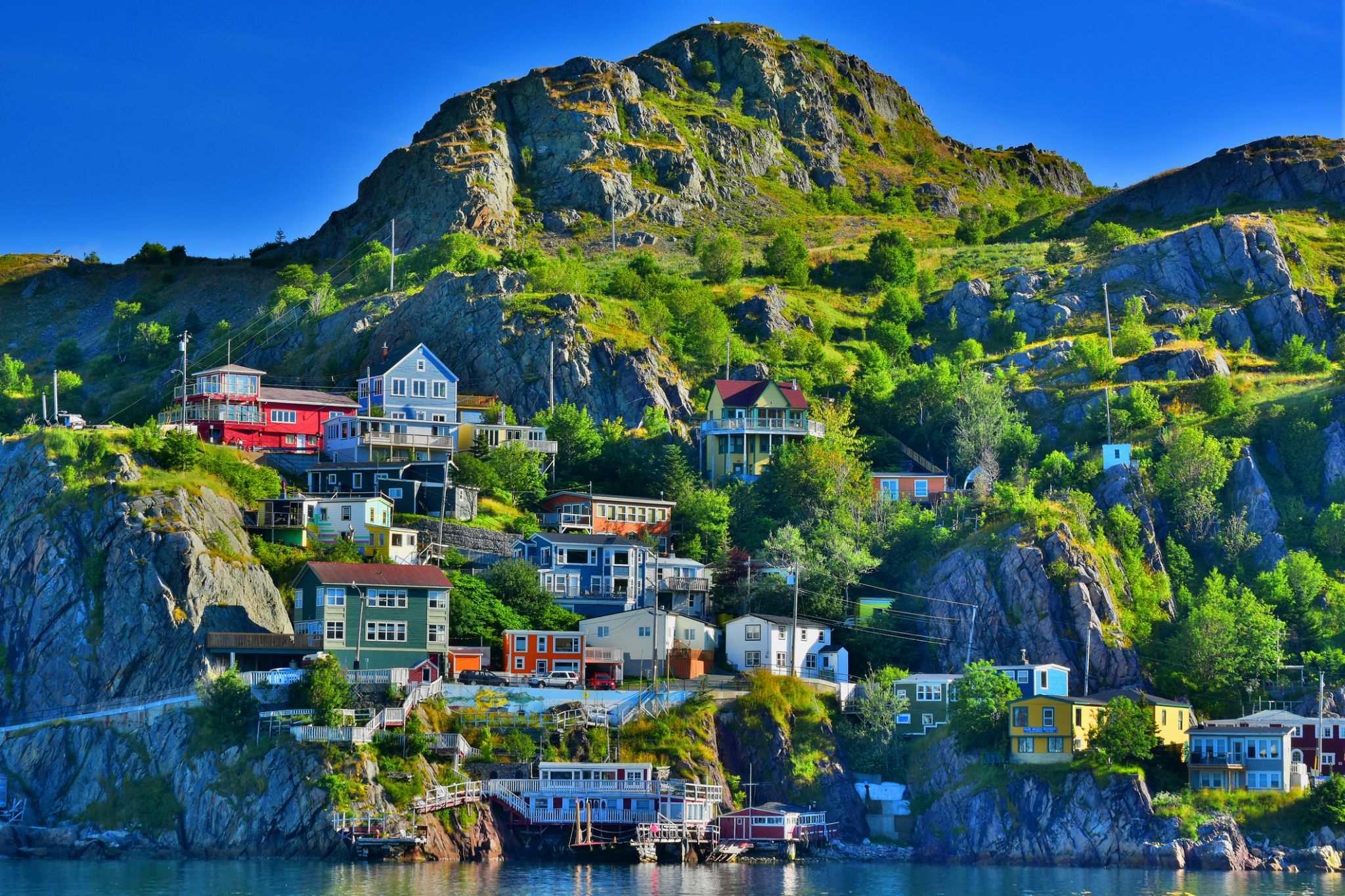
St. John's is the capital and largest city of the Canadian province of Newfoundland and Labrador. It is on the eastern tip of the Avalon Peninsula on the large Canadian island, Newfoundland. The city spans 446.04 square kilometres (172.22 sq mi) and is North America's easternmost city.
Its name has been attributed to the Nativity of John the Baptist, when John Cabot was believed to have sailed into the harbour in 1497 and to a Basque fishing town with the same name. Existing on maps as early as 1519, it is the oldest city in North America. It was officially incorporated as a city in 1888. With a metropolitan population of approximately 219,207 (as of July 1, 2017), the St. John's Metropolitan Area is Canada's 20th largest metropolitan area and the second largest Census Metropolitan Area (CMA) in Atlantic Canada, after Halifax.
The city has a rich history, having played a role in the French and Indian War, the American Revolutionary War, and the War of 1812. Italian inventor Guglielmo Marconi received the first transatlantic wireless signal in St. John's. Its history and culture have made it into an important tourist destination.
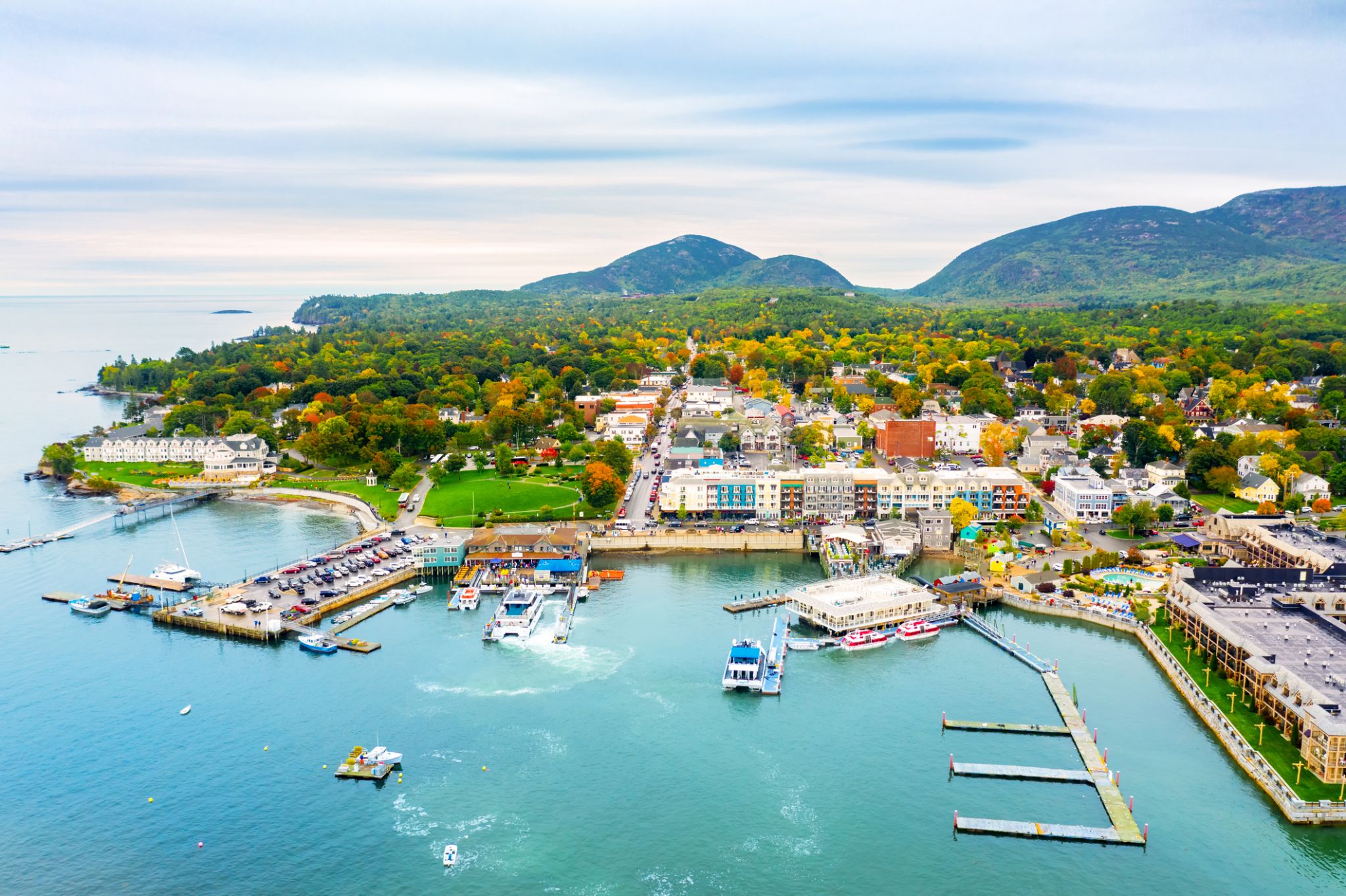
Bar Harbor is a town on Mount Desert Island in Hancock County, Maine, United States. As of the 2010 census, its population is 5,235. Bar Harbor is a popular tourist destination in the Down East region of Maine and home to the College of the Atlantic, Jackson Laboratory, and MDI Biological Laboratory (Salisbury Cove village). Prior to a catastrophic 1947 fire, the town was a noted summer colony for the wealthy. Bar Harbor is home to the largest parts of Acadia National Park, including Cadillac Mountain, the highest point within twenty-five miles (40 km) of the coastline of the Eastern United States. The town is served by the Hancock County-Bar Harbor Airport, which has flights to Boston, Massachusetts, as well as seasonal flights to Newark, New Jersey, and Portland, Maine.

Boston is the capital and most populous municipality of the Commonwealth of Massachusetts in the United States. The city proper covers 48 square miles (124 km2) with an estimated population of 685,094 in 2017, making it also the most populous city in New England. Boston is the seat of Suffolk County as well, although the county government was disbanded on July 1, 1999. The city is the economic and cultural anchor of a substantially larger metropolitan area known as Greater Boston, a metropolitan statistical area (MSA) home to a census-estimated 4.8 million people in 2016 and ranking as the tenth-largest such area in the country. As a combined statistical area (CSA), this wider commuting region is home to some 8.2 million people, making it the sixth-largest in the United States.
Boston is one of the oldest cities in the United States, founded on the Shawmut Peninsula in 1630 by Puritansettlers from England. It was the scene of several key events of the American Revolution, such as the Boston Massacre, the Boston Tea Party, the Battle of Bunker Hill, and the Siege of Boston. Upon gaining U.S. independence from Great Britain, it continued to be an important port and manufacturing hub as well as a center for education and culture. The city has expanded beyond the original peninsula through land reclamation and municipal annexation. Its rich history attracts many tourists, with Faneuil Hall alone drawing more than 20 million visitors per year. Boston's many firsts include the United States' first public park (Boston Common, 1634), first public or state school (Boston Latin School, 1635) and first subway system (Tremont Street Subway, 1897).
The Boston area's many colleges and universities make it an international center of higher education, including law, medicine, engineering, and business, and the city is considered to be a world leader in innovationand entrepreneurship, with nearly 2,000 startups. Boston's economic base also includes finance, professional and business services, biotechnology, information technology, and government activities. Households in the city claim the highest average rate of philanthropy in the United States; businesses and institutions rank among the top in the country for environmental sustainability and investment. The city has one of the highest costs of living in the United States as it has undergone gentrification, though it remains high on world livability rankings.